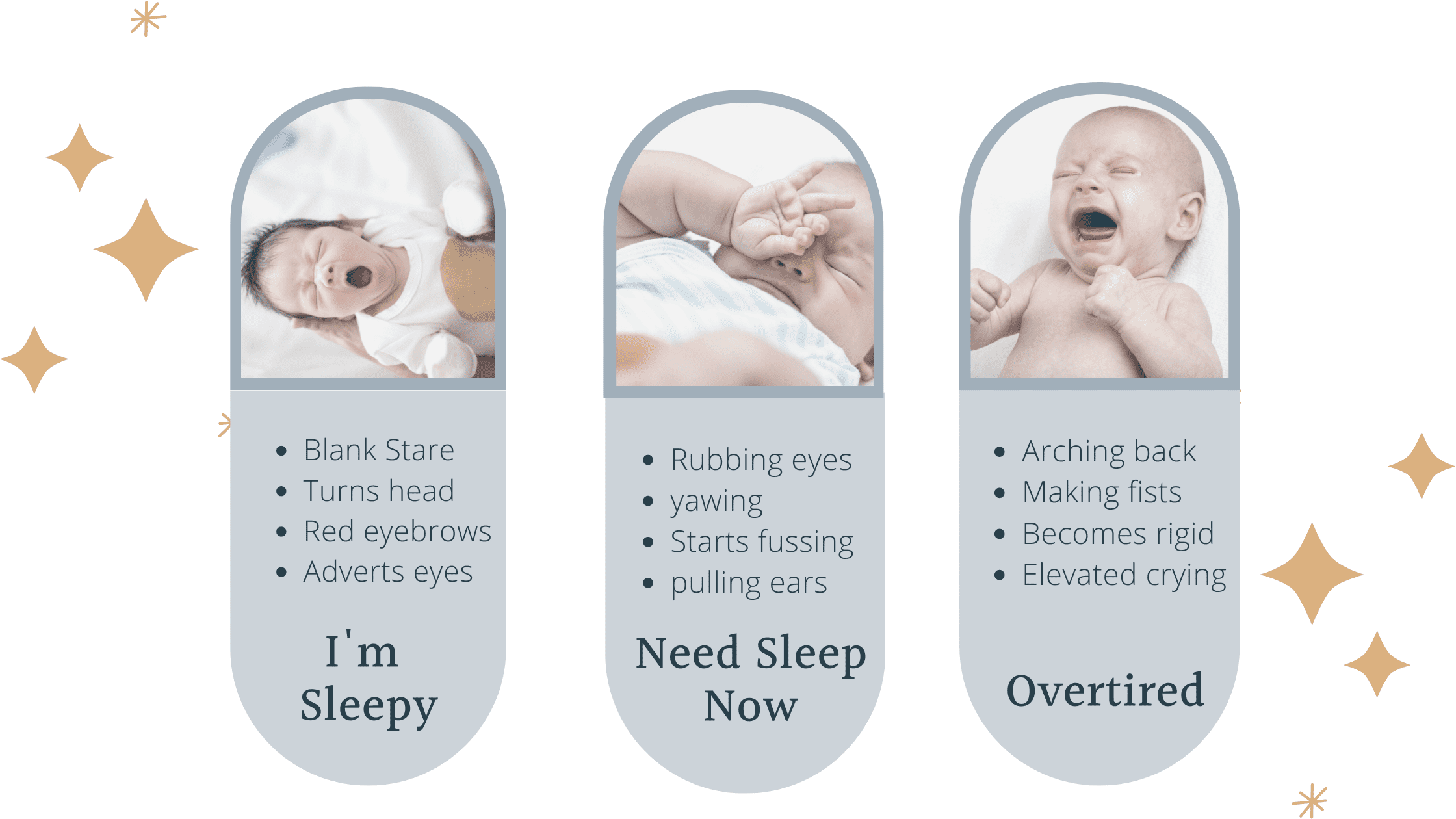Timing is everything when it comes to your child’s sleep. A few important things to keep in mind when it comes to having successful naps are wake windows and watching sleepy cues. Nap timing can be especially tricky when it comes to newborns, check out our newborn sleep guide for the ultimate guide to help your newborn sleep well.
When it comes to naps, wake windows give a range of how long your little one can stay awake for. It is not exact and can be very different for each child. Using sleepy cues along with wake windows will give you an accurate timing for your child’s sleep. This is especially helpful for infants 8 months and younger.
With the right timing of the nap or night time sleep, infants will sleep better and longer. The difference between hitting the sweet spot for the perfect nap and your child becoming overtired can be as little as 10 minutes.
An overtired child will release stress hormones which are part of their fight or flight response system, the opposite of what we want to happen!! It makes it very difficult for your child to fall asleep and stay asleep.
The three stages of tired signs are:
Stage 1: Baby is starting to get sleepy
Stage 2: Baby needs to go down to sleep
Stage 3: Baby has missed their ideal napping time and is overtired
What things might you see in each stage?

I hope the sleepy cues help to get your child off to sleep more easily. Have you ever thought that that your child might be under tired? Signs of a baby being under tired can often resemble overtired check out this blog post on Overtired or Under tired for more. If you need more help with your child’s sleep drop me a message at liz@littlesleepcoach.com

